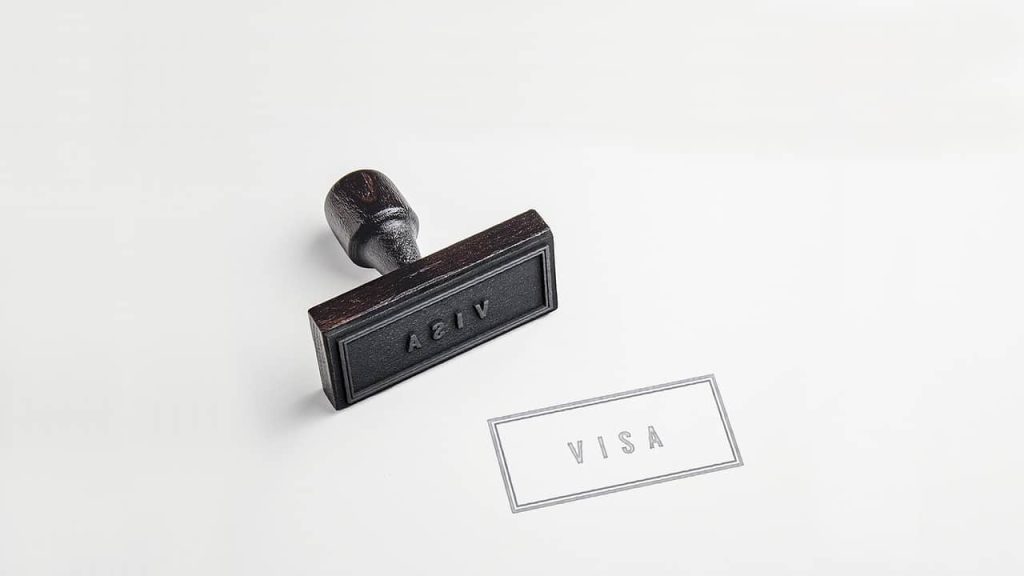Nearly a quarter of a million highly skilled foreign nationals entered the FY2020 H-1B visa lottery this past April 1, seeking a chance to work, build, and innovate in the United States. By mid-June 2019, more than 100,000 individuals will learn that they were not selected in the lottery and denied the opportunity to work and contribute to America’s innovation economy. The number of foreign nationals who do not receive an H-1B visa represent considerable hidden costs of an archaic immigration policy that stifles innovation, entrepreneurship, and prosperity.
The data is clear. The United States relies on foreign talent and innovation to drive our economy. According to New American Economy, two of every five Fortune 500 companies are founded by immigrants or the children of immigrants. And among American startup unicorns—private companies valued at $1B or more—51% have immigrant founders. Despite these statistics, the United States is losing the war for global talent. While the U.S. shuts out nearly 60% of highly skilled H-1B visa applicants each year, Canada has created an Express Entry system to welcome these workers. We must do more, and we can do more within our current laws.
Many in the Boston area are familiar with PillPack, a full-service online pharmacy startup that was acquired by Amazon for nearly $1B. Less well-known is that a key employee of PillPack was shut out of the H-1B lottery and told she needed to depart the United States. She was able to stay and build PillPack in the United States thanks to a program in Massachusetts that offers a unique solution for top foreign talent who hit dead-end roads on their immigration pathways: the cap-exempt H-1B visa.
Plan-B: Seven Options to Consider Now
Companies and foreign nationals who do not win the H-1B Lottery should consider these alternative options
Participate in a Cap-Exempt H-1B Visa Program Designed to Help Both Cap-Exempt Organizations and Private Sector Companies.
The cap-exempt H-1B visa process is a solution for foreign nationals who want to work (at least part-time) for one of four types of organizations that are exempt from the H-1B cap: universities, non-profits affiliated with a university, non-profit research organizations, and government research organizations. These four organizations can always file cap-exempt H-1B petitions for qualified foreign national employees and obtain these visas typically in 3-6 weeks’ time. The secret sauce is this: the law states that once an H-1B cap-exempt organization obtains a cap-exempt H-1B for a foreign national, then any company may piggy-back on top of that cap-exempt H-1B and immediately file its own cap-exempt H-1B petition for full time work, permitting the foreign national to concurrently work part-time for the cap-exempt organization, and full time for the private sector employer.
I am co-founder of two separate organizations that help foreign nationals and U.S. employers obtain cap-exempt H-1B visas for private companies that normally are not H-1B cap-exempt organizations.
-
- The Massachusetts Global Entrepreneur in Residence Program helps talented entrepreneurs and founders obtain cap-exempt H-1B status by working for universities as part-time student mentors/teachers. Universities sponsor the foreign national for a cap-exempt H-1B, permitting venture-backed start-ups to immediately file their own cap-exempt full-time H-1B petition for the same foreign national. The foreign national must work concurrently for both.
- Open Avenues Foundation helps large companies as well as start-ups obtain cap-exempt H-1B visas to employ and retain highly-trained talent by employing them part-time [~5 hours/week] as leaders of experiential learning projects for university students. Open Avenues is a non-profit that is affiliated with universities and files cap-exempt H-1B visa petitions for foreign national part-time employees, enabling their full-time employer to file a cap-exempt H-1B petition for them immediately and at any point throughout the year, without the normal requirement to enter the H-1B cap lottery.
In nearly 30 years of practicing immigration law, political climates have shifted, but one key theme has remained extremely consistent: the immigration process is uncertain and complex. Companies of all sizes—from two person start-ups to Fortune 500 corporations—must create tailored strategies for each employees’ unique journey. Until our leaders and lawmakers can find a compromise, employers must use entrepreneurial solutions, so our innovation economy remains a leader on the global stage. The cap-exempt H-1B is a welcome addition to options for those who lose the H-1B lottery.
Check if You Qualify for an O-1 Visa For Those with Extraordinary Ability.
A foreign nationals doesn’t need a Nobel Prize or a Fields Medal to qualify for an O-1, but he/she does need to demonstrate that he/she stands tall among peers in the occupational field. This is proven through a combination of nationally or internationally recognized prizes or awards; publications in major media that are about the foreign national; selection as a judge or referee of the work of other professionals; original and significant contributions to the field; high compensation; and/or playing a critical function for a distinguished company or organization. USCIS requires strong evidence to prove at least three of ten criteria are met.
Consider the J-1 Training Visa.
A J-1 training visa is limited to professionals who have obtained at least a bachelor’s degree from a university abroad and seek training in the field from experts in the United States. The training can be full-time work with a significant training component. In most cases the J-1 will not be granted to those who have already received F-1 OPT benefits. J-1 trainees are entitled to 18 months of training.
Obtain Work Authorization Through Your Spouse.
Spouses of J-1, E-1, E-2 and L-1 visa holders are eligible to receive an employment authorization document permitting them to work anywhere.
Re-Enroll in a New Course of Study.
If you have no other options and do not want to depart the United States, it may be possible to re-enroll at a university in a new course of study. A master’s degree program; a second master’s degree; or a PhD will be the best options to consider. Some have found universities that provide Curricular Practical Training (CPT) immediately upon matriculation, but USCIS is finding many such programs to be fraudulent, so I suggest staying clear of this.
Depart the United States with a Plan to Re-Enter a Year Later Through an L-1 Visa.
The L-1 permits certain employees of a multinational company to transfer from a foreign office to the affiliated U.S. entity after one year of employment abroad. Executives and managers with demonstrable evidence to prove their decision-making or managerial duties during their time
abroad, as well as persons with “specialized knowledge” regarding the company’s technology, products, research, or operational procedures, may be eligible for L-1 visas. Another huge benefit of the L-1 is that spouses of L-1 visa holders may apply for work authorization.
Work with Your Employer to Start the Green Card Process.
In many cases, employers can help foreign nationals obtain permanent residency in the United States within two years. However, for many countries such as India or China, there are significant backlogs that can take up to 8 years. This option can jeopardize temporary work-visa status and should only be pursued after consultation with a lawyer.
___
This piece was originally published on the Open Avenues Foundation blog.



